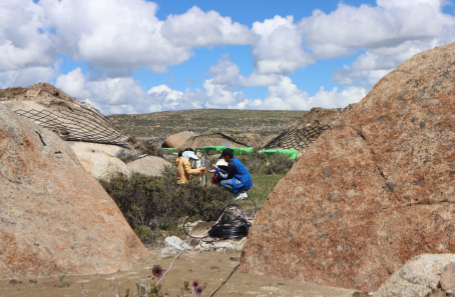
A team of researchers led by Prof. DU Zhixue from the Guangzhou Institute of Geochemistry of the Chinese Academy of Sciences has discovered that substantial amounts of water could have been efficiently "locked away" deep within the mantle as it crystallized from a molten state.
A team of researchers led by the Nanjing Institute of Geology and Palaeontology of the Chinese Academy of Sciences, in collaboration with colleagues from Shanghai Jiao Tong University, the University of Bristol, and Nanjing University, has identified the primary non-environmental factors controlling Lithium-to-Magnesium ratio (Li/Mg) fractionation.
A new study has revealed that rapid, large-scale day-to-day temperature fluctuations have intensified amid global warming, representing a distinct climate hazard with impacts on human health. This growing volatility creates a weather pattern akin to a "climate roller coaster," exposing populations to more frequent and sharp shifts between temperature extremes.
A research team led by Prof. SUN Chaomin from the Institute of Oceanology of the Chinese Academy of Sciences has unveiled the crucial role of viruses in deep-sea carbon cycling and microbial community structure.

A new study study led by Prof. CHEN Yaning from the Xinjiang Institute of Ecology and Geography presents the first quantitative framework for transitioning to sustainable agriculture through integrated Water-Energy-Food nexus management. This framework has broad relevance for semi-arid regions worldwide.

A new study led by researchers from the Institute of Atmospheric Physics of the Chinese Academy of Sciences has uncovered the first observational evidence of lateral negative re-discharges occurring on negative leader channels. The finding offers new insights into how lightning channels remain electrically active, and how their structures evolve before and after a return stroke.

86-10-68597521 (day)
86-10-68597289 (night)

52 Sanlihe Rd., Xicheng District,
Beijing, China (100864)

